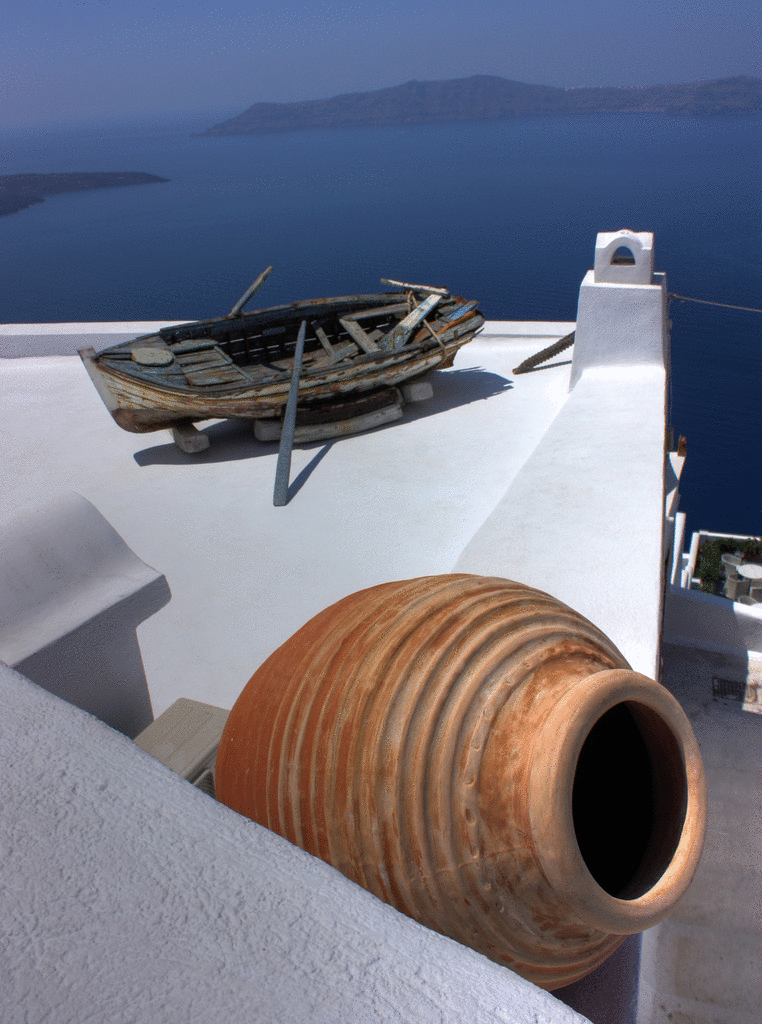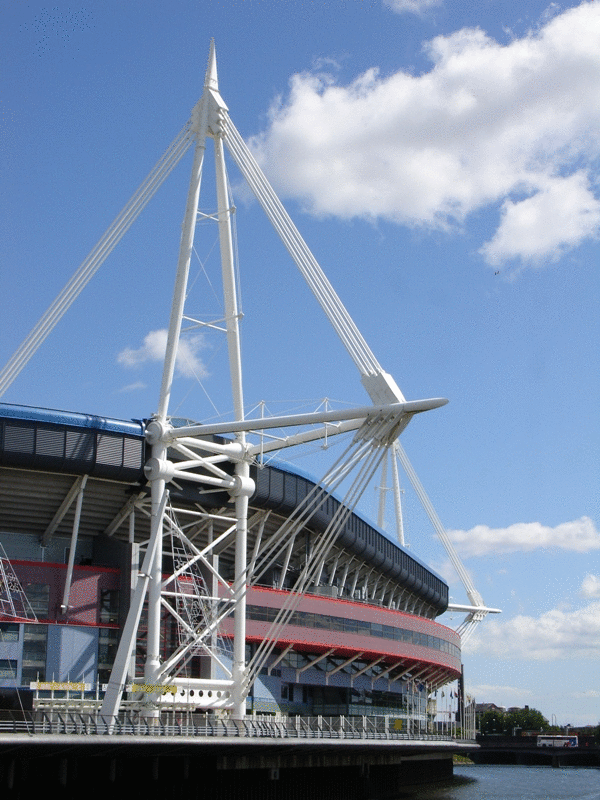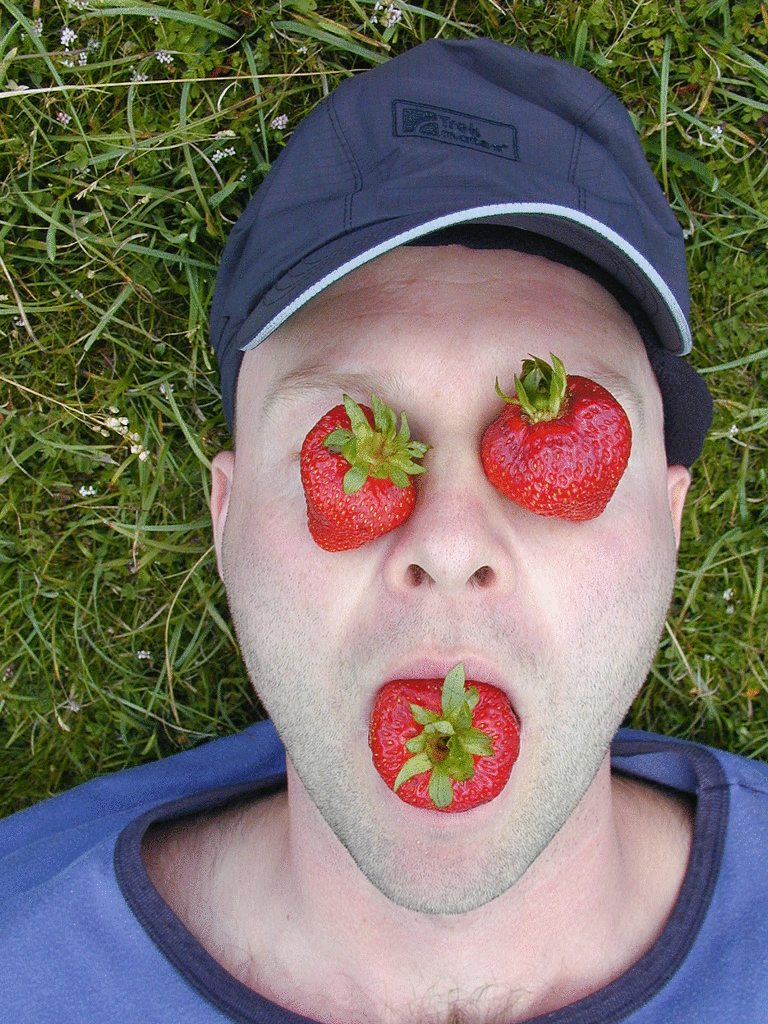


This online demo implements several basic versions of the algorithm (without or with tonal blocks, two tone rendering, and blended with images). Examples:



Please note that we reserve the right to use images you have supplied for
scientific research purposes only. We will not publish your images on the web,
in scientific journals or in the media without prior consent. Click here to see a gallery consisting of selected images with explicit consent.
![]()
Click here to see some stylised video re-rendering using our technique.
ACM Symposium on Non Photorealistic Rendering, pp. 119-127, 2010.
Many nonphotorealistic rendering techniques exist to produce artistic effects from given images. Their application can simply be for fun (e.g. to make consumer photographs more interesting), but there are also many other applications such as scientific visualisation, film production effects, technical illustration, etc.
Inspired by various artists such as Matisse and Warhol we have developed a nonphotorealistic rendering technique that uses various computer vision techniques to produce a combination of lines and tonal blocks (black and also white for highlighting) to create an abstracted artistic rendering. Our goal is to achieve a minimal rendering, where the minimum refers to the number of tones as well as the number and complexity of the primitives used for rendering. At the same time, we want to retain sufficient elements from the original image to make the results instantly recognisable.
There is always a trade-off between reducing the amount of information and the ability to represent the shape and details of the original images. Judging the level of abstraction is semantic-based. Our basic method is usually fully automatic and does not use any high-level knowledge, and so it sometimes produce non-intuitive results. A degree of user interaction would be required to obtain more intelligent, selective abstraction.
Download paper: PDF
The extended journal paper: Paul L. Rosin, Yu-Kun Lai: Artistic minimal rendering with lines and blocks. Graphical Models 75(4): 208-229 (2013)
Colour thresholding results: Yu-Kun Lai, Paul L. Rosin: Efficient circular thresholding. IEEE Transactions on Image Processing 23(3): 992-1002 (2014)